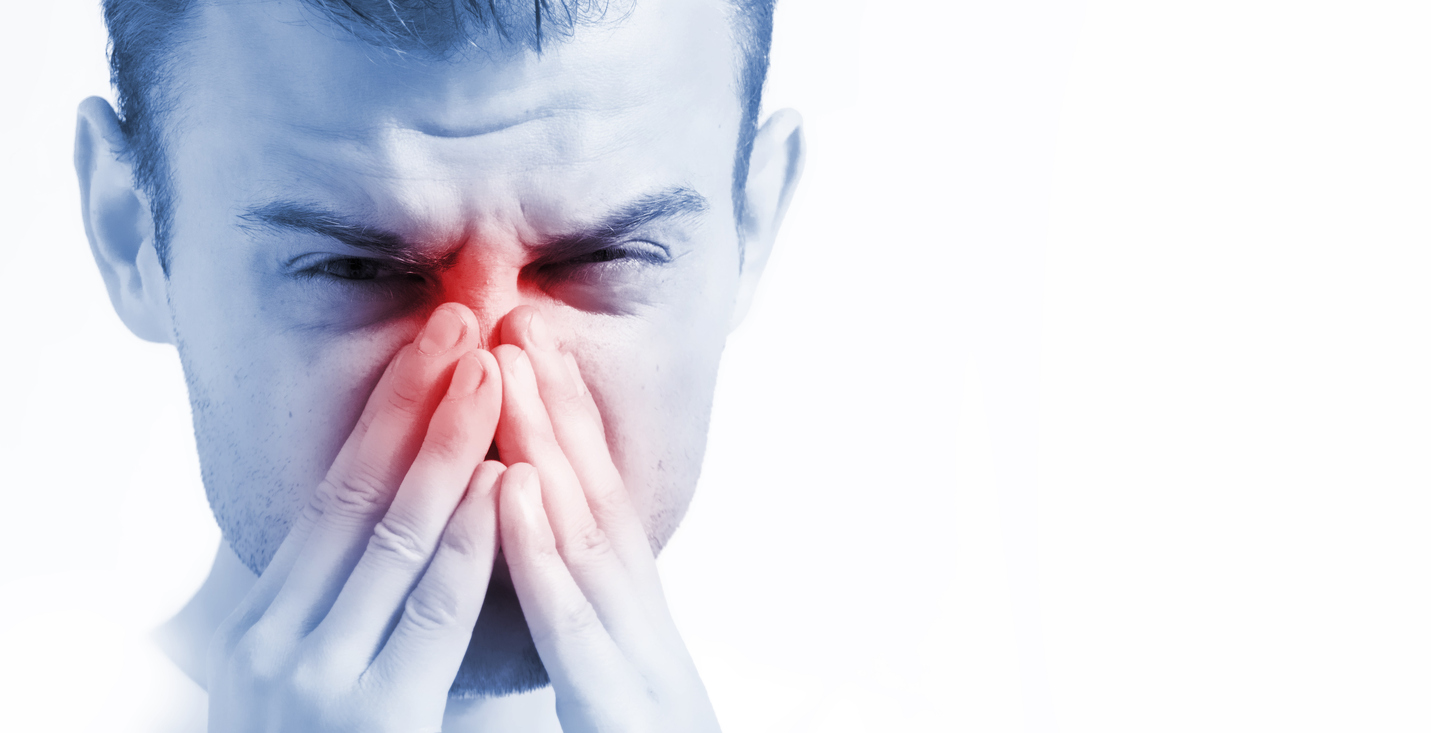How to Achieve Patient Safety in the Treatment of Allergic Rhinitis?

A large number of deaths are reported every year in the low and middle-income nations due to unsafe care in the hospital and nearly 4 out of 10 patients are harmed in the primary care setting. This is one fact that shows the level of patient safety globally and how patients are devoid of quality and safe treatment. Nasal disorders are one of the major problems that affect people and require adequate care and treatment by ENT specialists. In this blog, we will discuss over allergic rhinitis which a type of nasal disorder in which inflammation occurs in the membranes lining the nose. Further, we will also explore how patient safety can be maintained in the treatment of this disease.A large number of deaths are reported every year in the low and middle-income nations due to unsafe care in the hospital and nearly 4 out of 10 patients are harmed in the primary care setting. This is one fact that shows the level of patient safety globally and how patients are devoid of quality and safe treatment. Nasal disorders are one of the major problems that affect people and require adequate care and treatment by ENT specialists. In this blog, we will discuss over allergic rhinitis which a type of nasal disorder in which inflammation occurs in the membranes lining the nose. Further, we will also explore how patient safety can be maintained in the treatment of this disease.
Type of allergens that cause Rhinitis
The disease is recognized through symptoms like runny nose, sneezing, congestion, itching in the nasal passage or the roof of the mouth and the presence of clear mucus. The breathing of tiny particles of allergens results in the occurrence of the disease. Some of the common allergens that trigger rhinitis are as follows:
House dust mites :These are present in the beds, mattresses, pillows, carpets and soft furniture and the numbers tend to rise during the autumn and spring season.
Animals: Pets like cats and dogs are the main source of allergy due to animal fur but people are also affected by animals like rodents, cattle, horses, and rabbits.
Pollen grains: Tiny particles or pollen grains of trees and grasses cause the disease to occur especially during seasons like early to mid-spring, end of the spring and the starting of the summer season.
Workplace related allergens: Wood dust, latex, and floor dust present at the workplace are the major allergens that trigger the disease.



Previous
Next
Treatment Approach
Although several treatment options are available, it is better to go with the simplest, low risk, least invasive and least expensive forms of intervention. But if the symptoms are not controlled through these measures then ENT specialists may adopt advanced treatment options. The first and foremost step is to identify the type of allergen that triggers your allergy reactions like pollen grains, dust mites, animal or insects and try to avoid exposure with such allergens. Apart from this, pharmacotherapy (medication) and immunotherapy (including vaccines and allergy shots) are also recommended in patients for better results and outcomes. Moreover, the patients who are experiencing persistent nasal obstruction and have inadequately responded to prior therapies, the surgical treatment is best suited for them for permanent relief.
Patient safety:
Key points to consider in the Allergy Rhinitis treatment
To ensure the safety of patients, it is expected that the doctors and the hospital administration should adopt the standard precautions that are the minimum infection prevention practices. As a doctor, you should apply these practices to the patients of different age groups irrespective of the fact whether the patient has been detected with any confirmed infection or not. You can follow the standard precautions essential for attaining patient safety in the treatment of Allergy Rhinitis such as:
- Maintain hand hygiene
- A clean and disinfected hospital environment
- Healthcare professionals should always use gloves, eyewear, masks while treating patients
- Use of sterile instruments and devices
- Respiratory hygiene and coughing etiquette to restrict the spreading of infectious diseases
- Safe injection practices that are undertaken by trained nursing staff
- Proper education and training of the healthcare professionals


